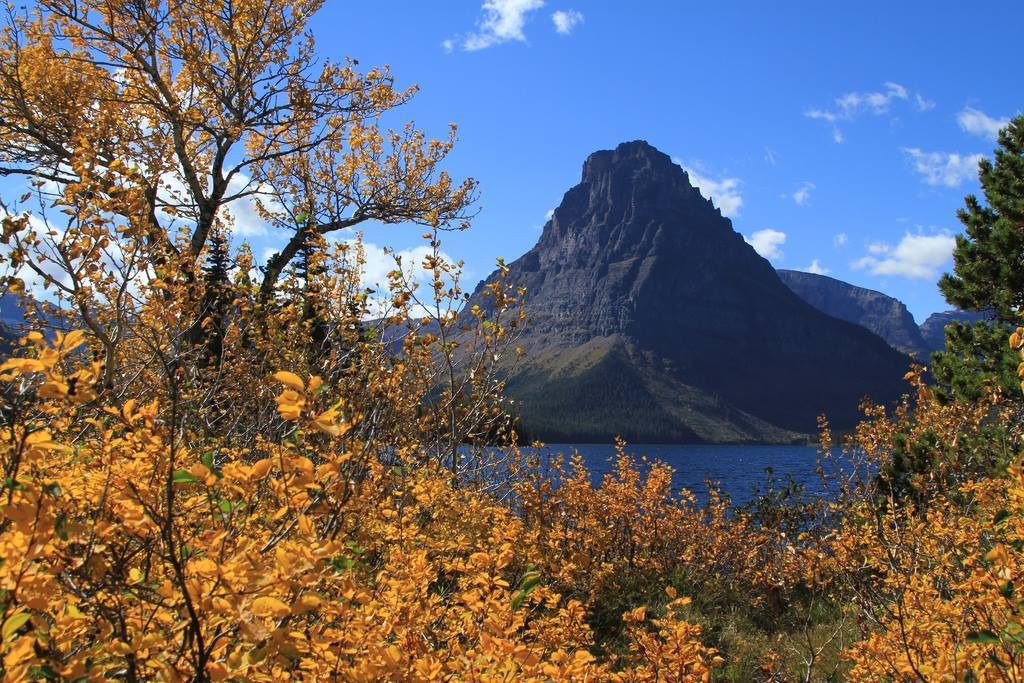
From the Kancamagus Scenic Byway in the White Mountain National Forest to your backyard, fall color is a spectacular display. Although we commonly (and correctly) consider fall coloration as an aging or senescence process leading to leaf death and eventual leaf shedding, the glory of intense fall foliage color begins long before autumn with healthy leaves.
While it seems like sheer poetry, fall color is really a function of chemistry. Pigments, chemicals in leaves, produce the colors we see. Some of these pigments, such as chlorophyll that appears green and carotenoids that appear yellow, are a natural component of healthy leaves during the growing season. Chlorophyll is instrumental in photosynthesis, the process by which energy from sunlight splits water and carbon dioxide to make the sugar that fuels plant growth. The sugar also provides the structure for natural protective compounds.
The health of a tree dictates the production and function of these chemicals. A midsummer drought can cause the tree to prematurely form an abscission layer to reduce water loss. At that point, leaves may begin to “shed” from the living processes of the tree. Due to these conditions, that leaf is not likely to develop brilliant coloration. A red maple may still have brilliant color if it has experienced too much precipitation, but that color may occur in early August, well ahead of the usual fall color season.
Too much or too little moisture are not the only factors affecting trees. Particularly for urban and community trees, de-icing salts from roads and sidewalks in the winter can result in injury that stresses a tree and causes it to not have a timely display of fall color.

Foliar diseases such as powdery mildew, tar spot, and anthracnose (particularly common in urban and community trees) kill living cells and hijack the metabolism of the living leaf. The seasonal display will be reduced for those infected trees. The incidence and severity of those diseases depends on weather conditions, usually early in the spring.
Fall is a dazzling season, particularly in the hardwood forests of the Northeast. The brilliant colors are even more dazzling when you consider that the mosaic of reds and golds in front of you today depends in part on the timing of critical weather conditions reaching all the way back to bud break and leaf emergence in the spring.
Click here to learn more about fall colors from the USDA Forest Service.

Leave a Reply